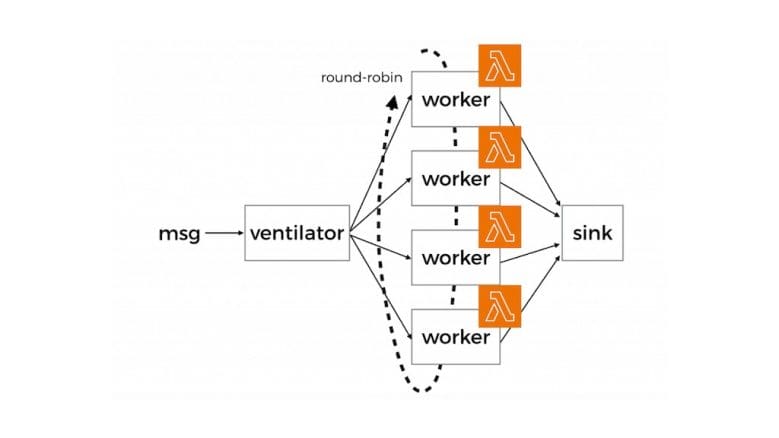auto-create CloudWatch Alarms for APIs with Lambda
In a previous post we discussed how to auto-subscribe a CloudWatch Log Group to a Lambda function using CloudWatch Events. So that we don’t need a manual process to ensure all Lambda logs would go to our log aggregation service. Whilst this is useful in its own right, it only scratches the surface of what …
auto-create CloudWatch Alarms for APIs with Lambda Read More »
